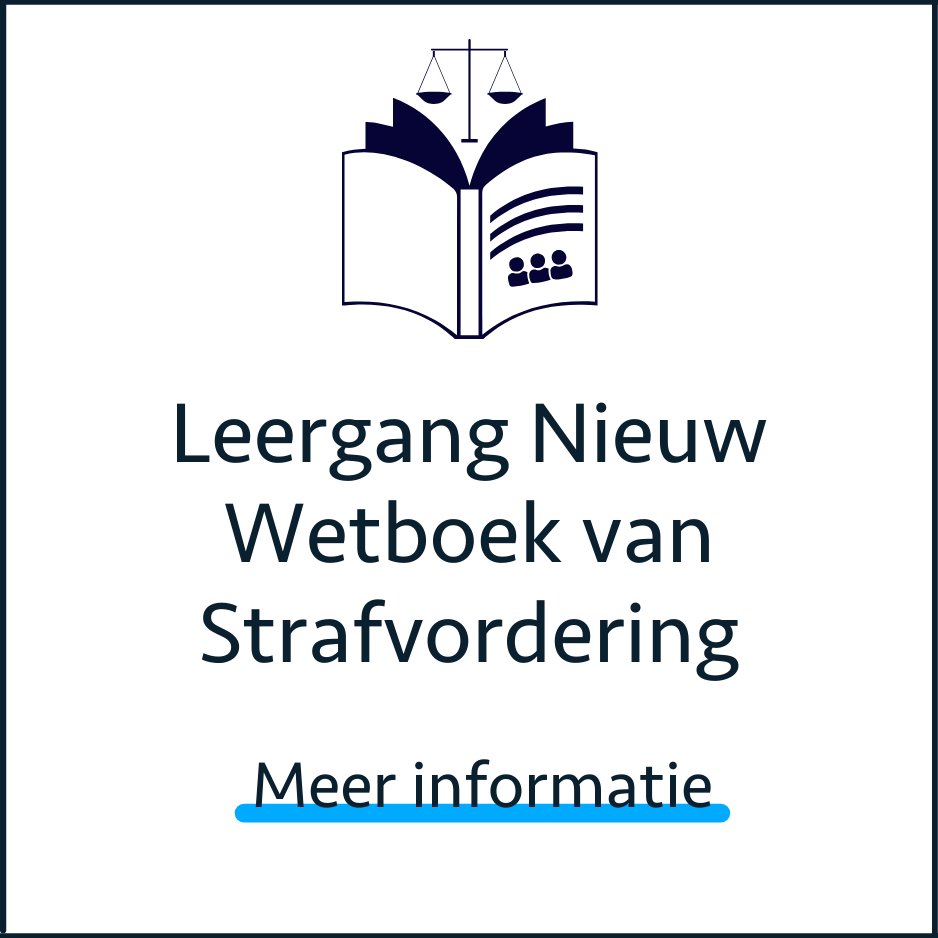Anti-Money Laundering Index
/This is the fourth edition of the Basel Anti-Money Laundering (AML) Index report developed by the Basel Institute on Governance. The Basel Institute published the Basel AML Index for the first time in 2012 and has since then been the only non-profit organisation to rank countries according to their risk of money laundering and terrorist financing. This year covering 152 countries, the Basel AML Index provides an annual risk rating of money laundering and terrorist financing. It is based on the assessment of the quality of countries’ anti-money laundering and countering the financing of terrorism (AML/CFT) frameworks and related factors such as financial sector standards and public transparency. The 2015 version includes a slightly adjusted methodology to take into account changes in the Financial Action Task Force (FATF) evaluations, which is one of the key components used to calculate the Basel AML Index. The new results and key findings are presented in chapter 4.
The Basel AML Index overall score is derived from 14 indicators based on publicly available sources such as the FATF, Transparency International, the World Bank and the World Economic Forum. The scores are aggregated as a composite index using a qualitative and expert-based assessment. The Basel Institute has conducted extensive research in calculating the final results following academic best practices. However, because some level of subjectivity may not always be entirely avoided in the process of creating a composite index, the highest level of transparency in relation to our assessment methodology has been adopted, and we stress that it is essential to understand the approach before interpreting the results. Our methodology section in chapter 5 describes in detail the steps conducted in calculating the overall score of the Basel AML Index.
As an additional measure, and further to an internal cross-check of data, the Basel AML Index is also reviewed each year by a panel of external experts to validate the methodology and ensure that the rating is valid, plausible and continues to capture the latest developments in the area of AML/CFT risks. Following this year’s annual expert review meeting, some methodological changes were adopted. A key adjustment for this 2015 edition was to take into consideration the modifications brought to the evaluation mechanism of the FATF Mutual Evaluation Reports, which for the first time include an effectiveness assessment in addition to the assessment of legal compliance with the FATF standard. Chapter 6 provides further details and summarises the decisions made after the annual review.
Each year the Basel AML Index is issued in two versions, the Public Edition and the Expert Edition. The Expert Edition provides for a more comprehensive data set and allows for a selection of individual subindicator of the Index. The Expert Edition is also periodically updated, covers some 50 additional countries and includes sanctions lists. It therefore serves as a sophisticated country risk assessment tool for regulatory purposes, particularly for compliance officers, and caters for users’ diverse needs in view of different compliance and regulatory requirements. The subscription-based Expert Edition is offered free of charge for public and academic institutions and non-profit organisations; commercially oriented enterprises are charged an annual fee of CHF 2000 or more, depending on user intensity. Further details concerning the Expert Edition are described in chapter 7.
The Basel Institute continues to actively facilitate the exchange of knowledge on the challenges of AML/CFT risk rating. We therefore encourage comments and feedback on the Basel AML Index as we strive to advance the use of AML country risk ratings for both research and compliance purposes.











